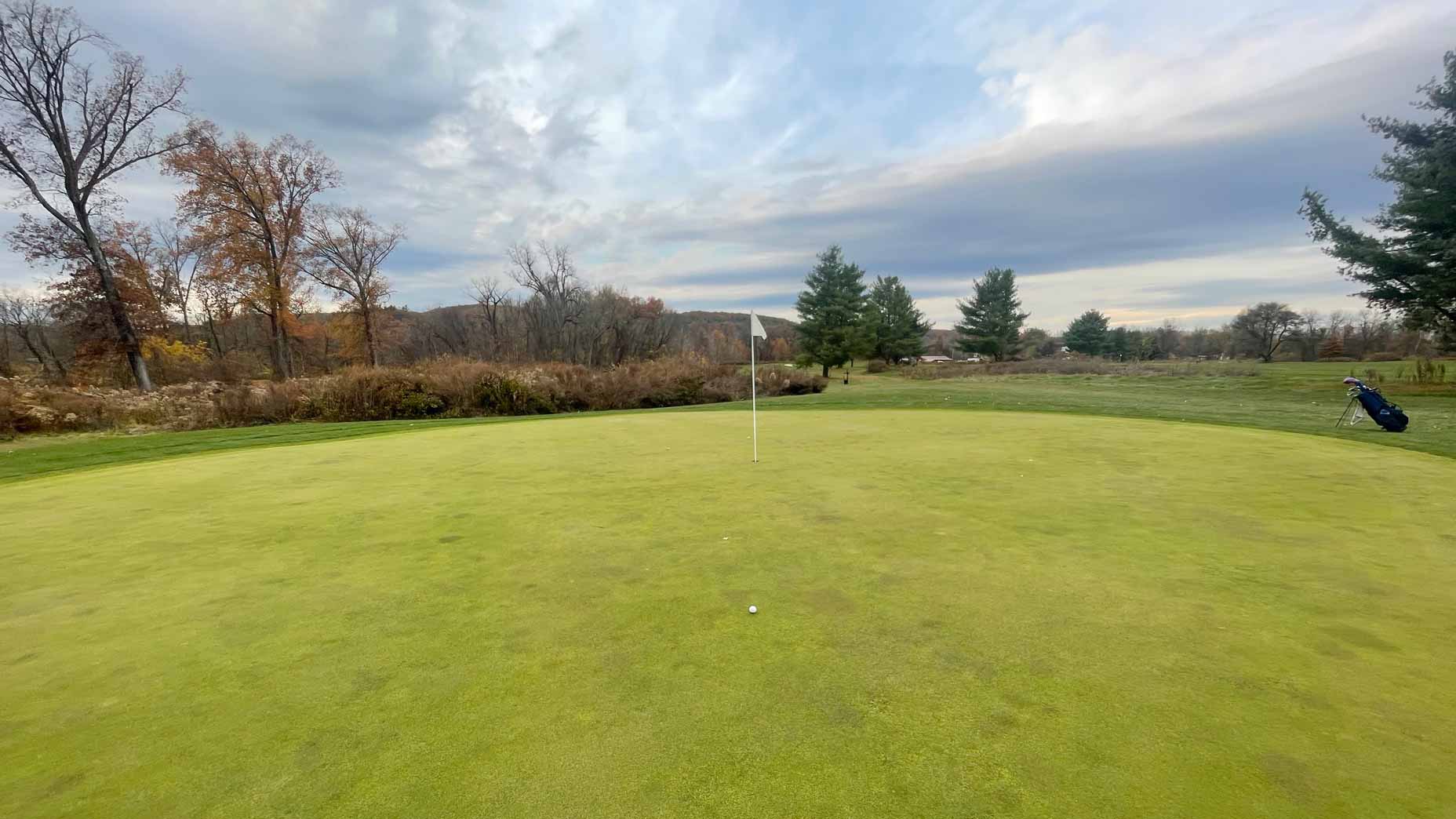It was a three-way horserace, down to the wire in Nekoosa, Wisc.
In a photo-finish, Tom Doak prevailed.
The vaunted architect, known for his modern-minimalist designs, will build the third 18-hole course at Sand Valley Golf Resort, edging fellow designers Gil Hanse and Mike DeVries by a nose.
In keeping with his reputation for out-of-the-box thinking, Doak earned the nod with an unconventional idea. His proposed routing, tentatively named Sedge Valley, calls for a shorter-than-usual par-67 or 68 course that will tip out at no more than 6,100 yards, and feature a mix of drivable par-4s.
“We had three proposals from three extremely talented architects, all of whom we love,” Sand Valley managing partner Michael Keiser said by phone Wednesday. “The decision in the end came down to these factors: It was Doak, plus concept, plus the specific routing.”

The Proper Equation
The news, announced on Wednesday, marks the latest move in a whirlwind of activity at Sand Valley, a newborn destination that has quickly emerged as a Midwestern golf mecca. Developed by the Keiser family — Michael; his brother, Chris; and their father, Mike of Bandon Dunes fame — the resort opened in 2017 with a single 18-hole course, designed by Bill Coore and Ben Crenshaw. This past summer, two new tracks arrived: Mammoth Dunes, an 18-hole design by David McLay Kidd, and the Sand Box, a par-3 course by Coore and Crenshaw.
With ample swaths of sandy land still left undeveloped, the Keisers always had the thought of building even more.
As a testament to how much room they had to work with, each of the three architects in the running for the next 18 submitted proposed routings on different plots of land of their own choosing. The site Doak selected happened to be one that the Keisers themselves had long been drawn to for its distinctive topography and vegetation.
“There’s a wonderful mix of really bold movement along with some more subtle, gently roly-poly terrain,” Michael Keiser said. “And then the ground cover is this beautiful sedge.”
Although he and his team had reviewed other proposed routings for the same site in the past, Keiser said, those routings had always felt “a little forced and cramped.”
By contrast, Keiser said, Doak’s routing moves naturally through the variable terrain, curling back on itself on an artful and entertaining path through dunes, oak groves and savannah.
“It really allows the land to sing,” Keiser said.

Competition is King
Unconventional as the routing may be, the selection of Doak reflects something of a family practice, first established by Keiser patriarch, Mike, at Bandon Dunes. Unlike Herb Kohler, Wisconsin’s original big name in golf development, who has gone all in on Pete Dye-designed courses at Whistling Straits, Keiser has shown a preference for alternating architects at his resorts. It’s a strategy, Keiser has said, that he believes yields greater variety and also promotes healthy competition, with each designer vying to outdo the other.
Doak has been part of that competition before, most notably at Bandon, where he designed the second course, Pacific Dunes, alongside an original 18 built by McLay Kidd. At Sand Valley, Doak will be following McLay Kidd again, this time with a course that stands to provide an aesthetic counterpoint to Mammoth Dunes, a sprawling layout with a scale that lives up to its name.
“That was something we had considered but Tom was really the first to articulate it,” Michael Keiser said. “How do you follow Mammoth, a course that has really wowed people with its scale? You do it with something more intimate. Which doesn’t at all mean small.”
But it does mean different.
“One of the reasons we’re drawn to this idea is that if we didn’t do it, who else would,” Keiser said. “We’re in a privileged position to be able to take some risks, to build something that might question conventional ideas of what a course has to be.”
Although there is no timetable for completion, Keiser said it is feasible that the first nine would be open for play by the summer of 2021.






